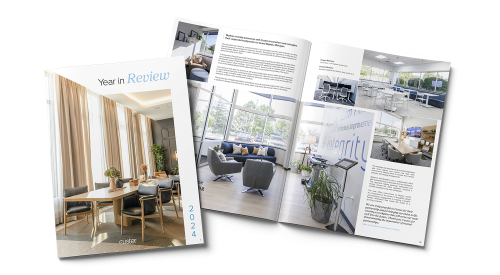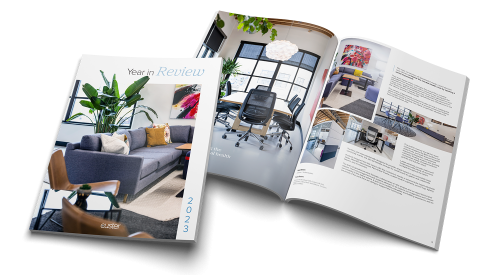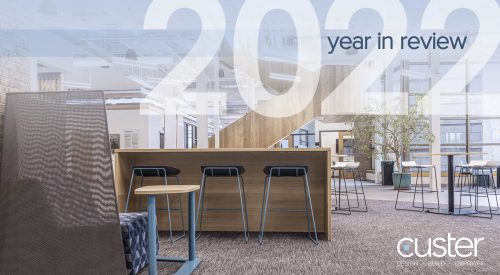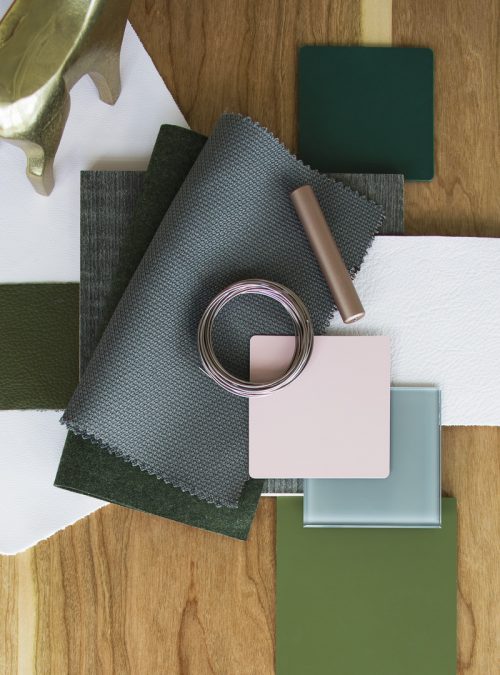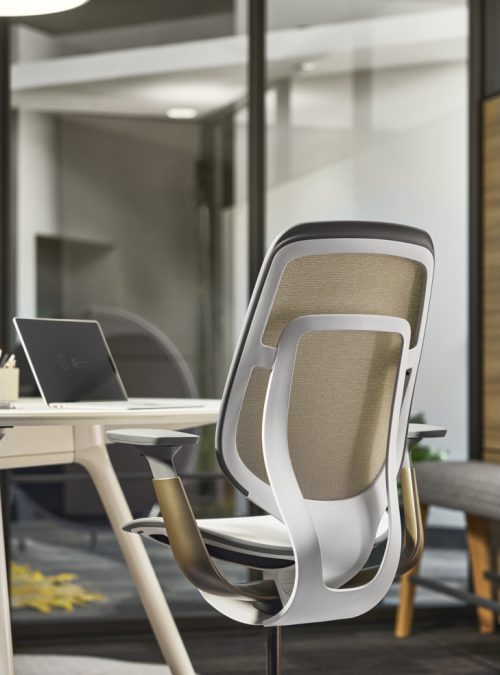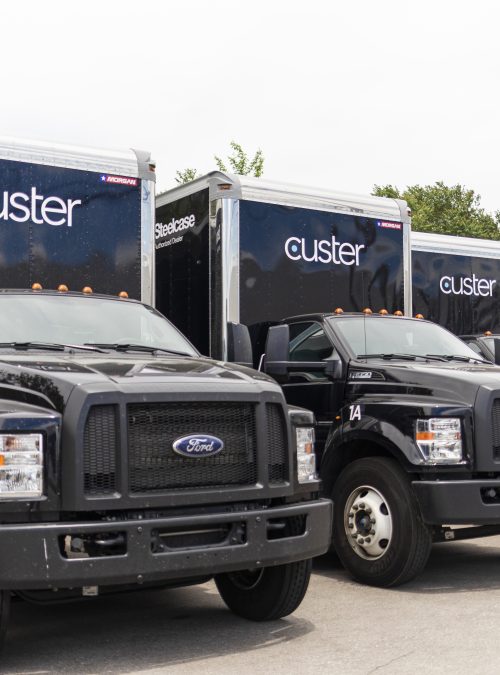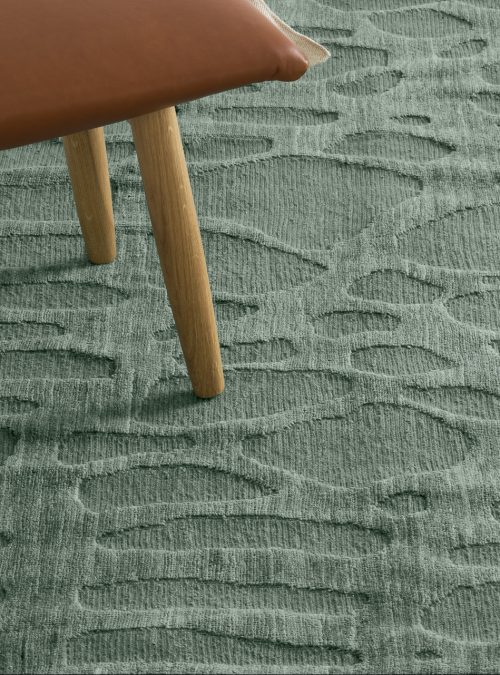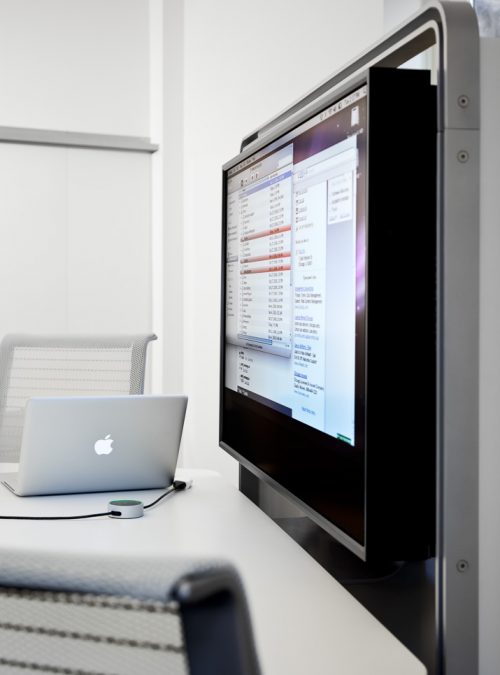- Blog
- 6 Hot Design Trends for Education Common Spaces
6 Hot Design Trends for Education Common Spaces
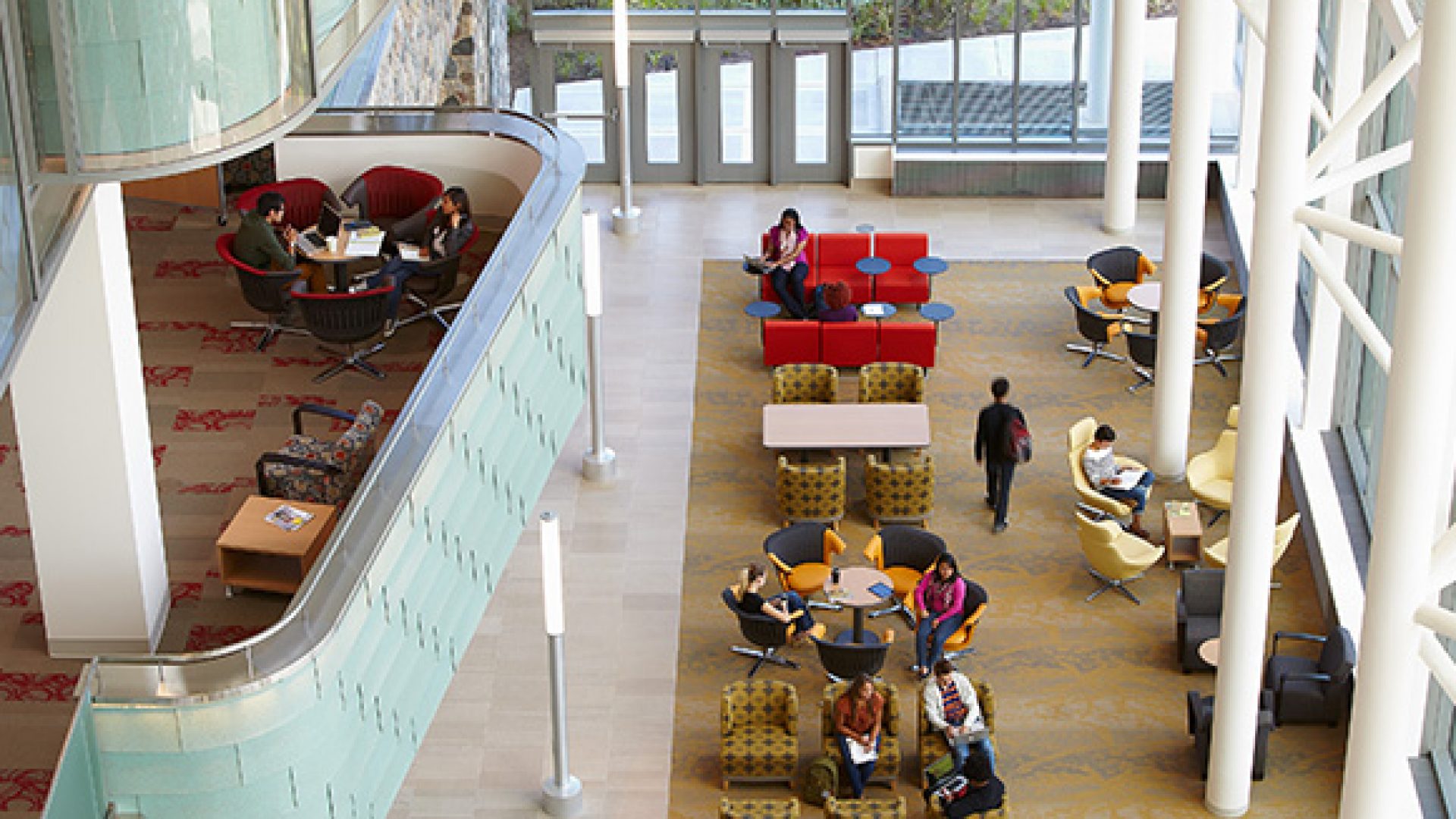
Media centers, libraries, and cafeterias have long been considered catch-alls for the work that happens outside the classroom. But until now, they haven’t been designed to support a range of behaviors or needs. Thankfully, education common spaces are undergoing a design evolution. Today these spaces are being designed to support a fluid exchange of socializing, collaborating, and the ancillary work that happens outside of the classroom — and much more! With this change in motion, we have tapped into six hot design trends for education common spaces. Read on!
Trend #1: Provide spaces for privacy within the larger common area.
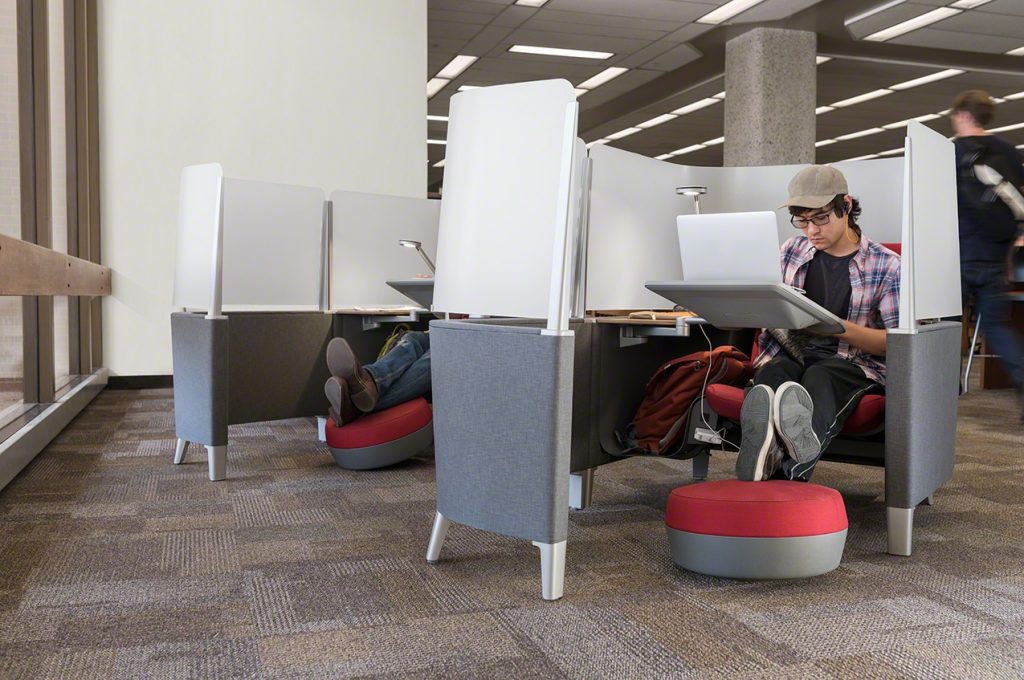
Common spaces function as places to carry out various tasks — sometimes collaborative, sometimes individualized, other times a mix of both. More and more, common spaces are including areas for socializing and gathering, as well as areas for quiet or heads-down work.
Trends have caught up with this need, introducing several new products to the market. Brody by Steelcase, a NeoCon Gold winner, creates a small working environment that’s only as large as an armchair. Originally designed for education spaces, Brody is now a favorite for creating tiny work environments everywhere.
Another great solution: the Air Pod from Orangebox. With a combination of glass and felt panels, the pod is designed to create audio privacy while maintaining visibility. Without requiring any construction, the pod can be assembled in one day or disassembled and moved with ease.
Trend #2: Provide a choice of posture.
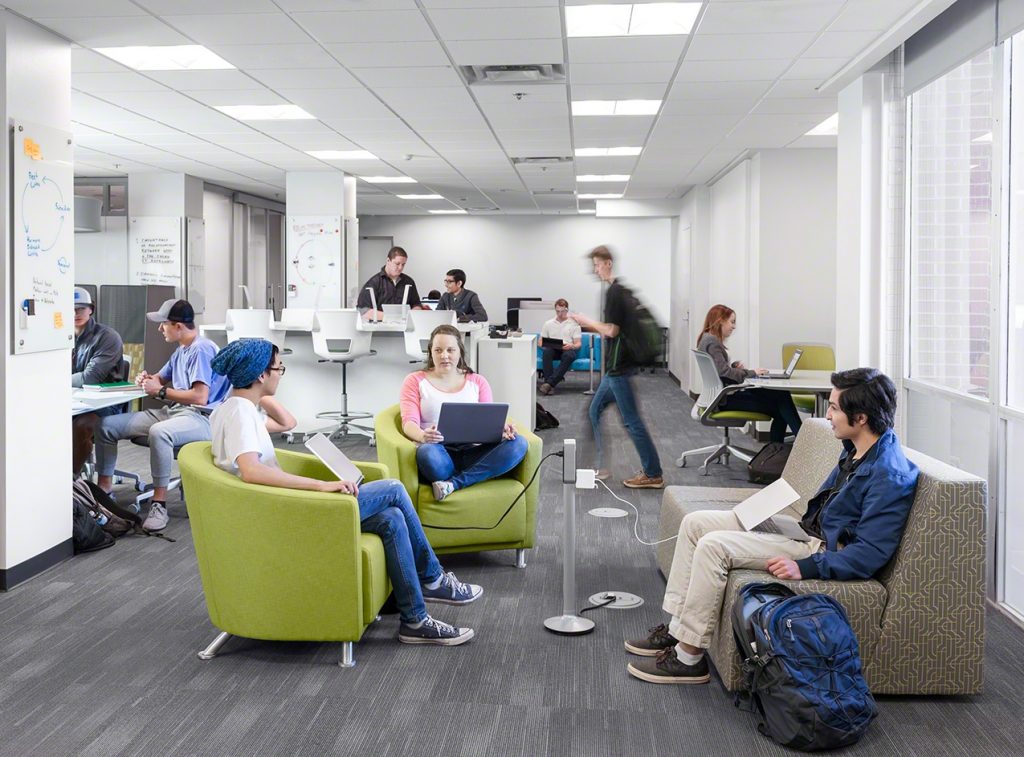
There’s a reason cafes and coffee shops draw in crowds (and it’s not just the drinks). Cafe spaces often have a range of seating and standing options — counter tops, cafe tables, large community islands — allowing guests to work how they please. That trend has also found its way to other spaces, including common areas in education. Providing a range of posture options allows students and staff to choose where and how to work based on the task at hand.
Trend #3: Use organic shapes to soften the environment.
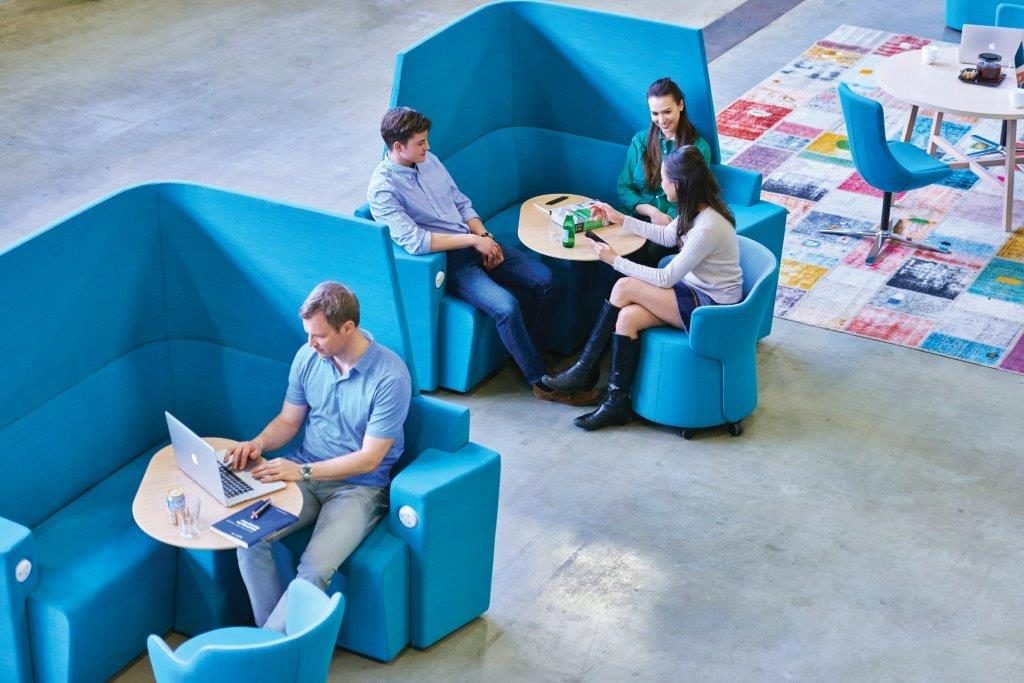
Hard edges and stiff chairs defined the learning experience for most of us. To remove the stigma that education spaces (and education itself) is rigid and uninteresting, schools and universities have been adding in organic shapes to their furniture array. Hourglasses, wedges, and curves are not only playful but inviting to those looking for a place to sit, work, or relax.
Trend #4: Add color and natural light.
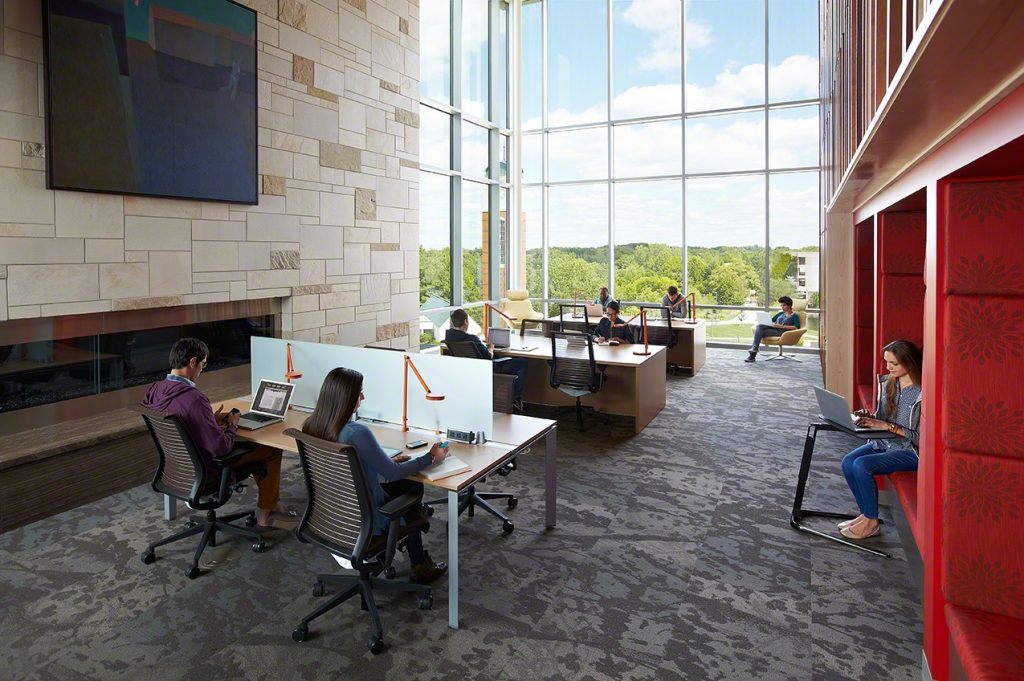
Similar to the trend above, color and natural light add interest to a space and also affect mood and attention. As common areas provide space for students to engage with their work, their environment, and one another, it’s important that the environment offers positive psychological and emotional stimuli. The latest trends support the need for natural, green elements by maintaining visual transparency to the outside. In fact, emerging education conversations highlight the theory of biophilia, which suggests that humans have an innate need to be connected to nature and other forms of life. Promoting and supporting this connection through biophilic design can help to unburden minds and multiply connections in common spaces.
Trend #5: Provide access to power and technology.

With work becoming more portable through the use of mobile devices, it can be hard to find access to power that’s as flexible as we are. The trend toward common, open spaces has demanded a new integrated power alternative. To meet this need, Thread by Steelcase has become a trusted solution for bringing power anywhere and everywhere, from high-traffic areas to quiet study spaces.
Trend #6: Provide the tools for collaboration and content-sharing.
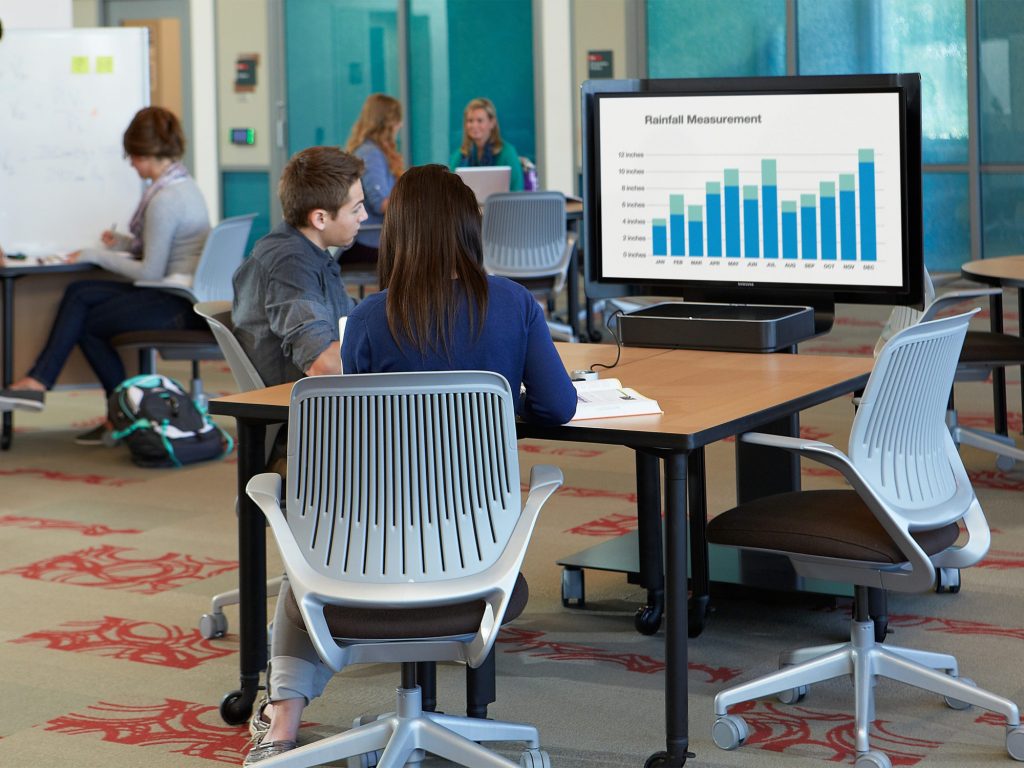
With the daily use of mobile technology, gathering spaces are expected to encourage collaboration among people, information, and tools. Various display systems have become popular for this use. Technology like the media:scape with virtual puck offers wireless content sharing capabilities and provides a hub for both quiet and collaborative work.
What other design trends would you like to see in education common spaces? Share with us in the comments below!
